AFRICA
AFRICA
FOURTH EDITION
EDITED BY
MARIA GROSZ-NGAT, JOHN H. HANSON,
PATRICK OMEARA

This book is a publication of
Indiana University Press
Office of Scholarly Publishing
Herman B Wells Library 350
1320 East 10th Street
Bloomington, Indiana 47405 USA
iupress.indiana.edu
Telephone | 800-842-6796 |
Fax | 812-855-7931 |
2014 by Indiana University Press
All rights reserved
No part of this book may be reproduced or utilized in any form or by any means, electronic or mechanical, including photocopying and recording, or by any information storage and retrieval system, without permission in writing from the publisher. The Association of American University Presses Resolution on Permissions constitutes the only exception to this prohibition.
 The paper used in this publication meets the minimum requirements of the American National Standard for Information SciencesPermanence of Paper for Printed Library Materials, ANSI Z39.48-1992.
The paper used in this publication meets the minimum requirements of the American National Standard for Information SciencesPermanence of Paper for Printed Library Materials, ANSI Z39.48-1992.
Manufactured in the United States of America
Library of Congress Cataloging-in-Publication Data
Africa (2014)
Africa / edited by Maria Grosz-Ngat, John H. Hanson, Patrick OMeara. Fourth edition.
pages cm
All chapters are freshly conceptualized and written for this fourth edition, many with an expanded scope or integration of topics from previously separate chapters. Previous editions had bibliographic essays, and in this edition we add a new chapter on the availability of electronic information on the internet in addition to published materials. Preface.
Includes bibliographical references and index.
ISBN 978-0-253-01292-0 (pb : alk. paper) ISBN 978-0-253-01302-6 (eb) 1. Africa.
I. Grosz-Ngat, Maria Luise, editor of compilation, author. II. Hanson, John H., [date] editor of compilation, author. III. OMeara, Patrick, editor of compilation. IV. Title.
DT3.A23 2014
960dc23
2013036589
1 2 3 4 5 19 18 17 16 15 14
Contents
James Delehanty
John Akare Aden and John H. Hanson
Maria Grosz-Ngat
Gracia Clark and Katherine Wiley
John H. Hanson
Karen Tranberg Hansen
Tracy J. Luedke
Patrick McNaughton and Diane Pelrine
Daniel B. Reed and Ruth M. Stone
Eileen Julien
Akin Adesokan
Amos Sawyer, Lauren M. MacLean, and Carolyn E. Holmes
Raymond Muhula and Stephen N. Ndegwa
Takyiwaa Manuk
Marion Frank-Wilson
Preface
More than fifteen years have passed since the third edition of Africa was published. Much has changed in Africa, in the continents relations with the world, and in scholarship during the intervening years. Our vision for this edition is to focus on contemporary Africa in all its dynamism and diversity, to emphasize African agency and resourcefulness, and to stress social processes as well as institutions in revealing the ways that African women and men have constructed meaningful individual lives and engaged in collective activities at the local, national, and global levels. Our contributors, as in previous editions, convey ongoing events and discuss theoretical approaches within disciplines that affect understandings of the continent and the ways in which data are analyzed. All chapters are freshly conceptualized and written for this fourth edition, many with an expanded scope or integration of topics from previously separate chapters. Previous editions had bibliographic essays, and in this edition we add a new chapter on the availability of information on the internet in addition to published materials.
In its emphasis on contemporary Africa, this edition seeks to be comprehensive, but it does not attempt to be exhaustive either thematically or geographically. The chapters reflect their authors interests and regional specializations as well as their lived experiences in different parts of the continent. In keeping with recent developments and student interest, several new chapters were added to cover African cities, film, health and illness, and human rights. We have only one explicitly historical chapter, contemplating the legacies of the past, including the era of European colonialism, for contemporary Africa; other chapters develop the specific historical contexts for their topics. Geography examines not only Africas physical environments and their use but also how the idea of Africa as a place changed over time. The chapters on politics and development too reflect current scholarly trends to move from the crisis lens that dominated discussions for decades to a contemporary emphasis on renewal or, at least, tempered hope. The debate about the prospects for democracy continues, but our contributors seek to move beyond a preoccupation with the short-term and formal transitions to electoral democracy to examine the impact of the long-term and informal processes and institutions of democratic governance.
Intrinsic African processes of cultural production remain a focus, but our contributors also recognize the impact of global cultural flows into and out of the continent. These complex interconnections, for example, brought both Christianity and Islam to Africa and continue to influence their development, even as Africans make these religions their own. African musics express the values in and practices of specific local communities, and they also draw on outside influences and flow into the world: the constant circulation of influences has increased in the last decades. Related processes are in evidence in the visual arts. In the scholarship of African literature, more critical attention is being paid now to the politics of local and international publishing and distribution and to multiple readerships in and beyond Africa. Family, kinship, and community remain central to peoples lives but are also highly fluid as women and men respond to material realities and engage forces of globalization. A discussion of livelihoods shows the complex strategies African women and men in rural and urban areas develop to make a living and the local, regional, and international networks they draw on.
In conceptualizing and publishing this fourth edition we have benefited from the suggestions and ideas of those who have adopted previous editions of Africa and used it in their classes throughout the world. Our Indiana University colleagues and graduate students also shared input from their teaching, and our undergraduates have pushed us to introduce Africa to a new generation of students.
The completion of a book of this scope requires not only the cooperation of the individual authors but also the support and assistance of others. We thank all who have contributed: our Indiana University Press editor, Dee Mortensen, and her assistant, Sarah Jacobi, for their patience and readiness to answer our numerous questions along the way; the University of Wisconsin Cartography Lab for producing the maps in the geography chapter; the Indiana University Art Museum and Lilly Library as well as colleagues here and elsewhere who have provided photographs for various chapters; former African Studies masters degree students Casey Bushman and Steffan Horowitz for researching additional photographs; and, finally, Edda Callahan for preparing the manuscript and for staying with us through numerous modifications.
Next page

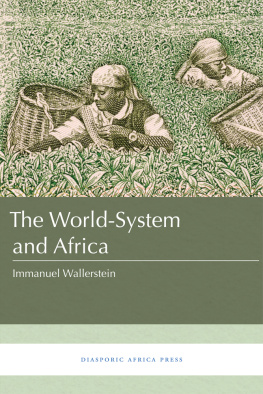
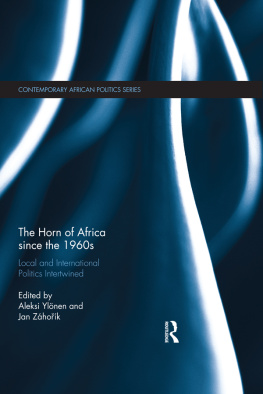
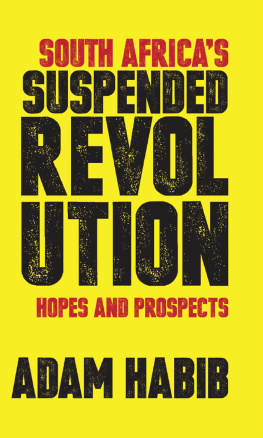
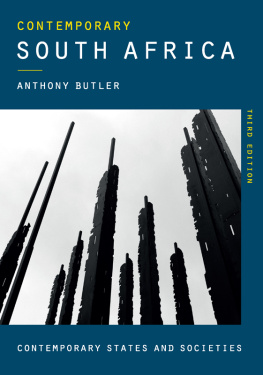
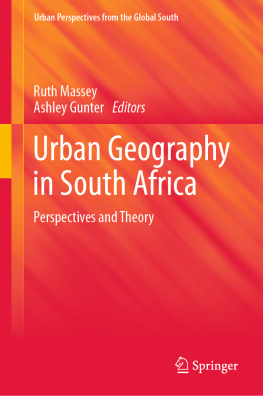
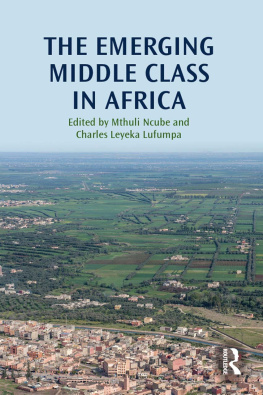


 The paper used in this publication meets the minimum requirements of the American National Standard for Information SciencesPermanence of Paper for Printed Library Materials, ANSI Z39.48-1992.
The paper used in this publication meets the minimum requirements of the American National Standard for Information SciencesPermanence of Paper for Printed Library Materials, ANSI Z39.48-1992.